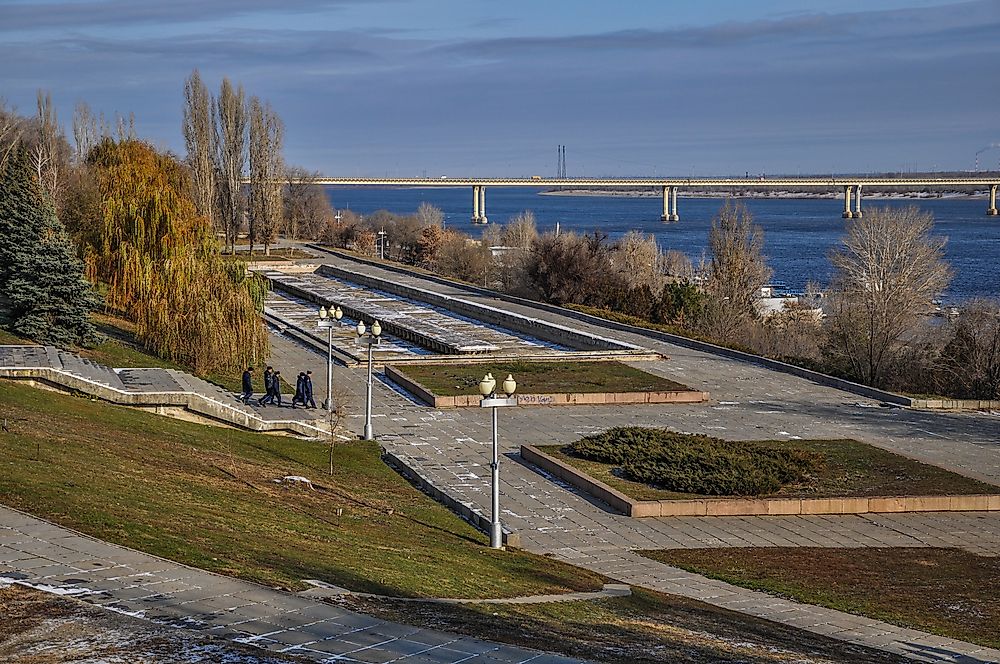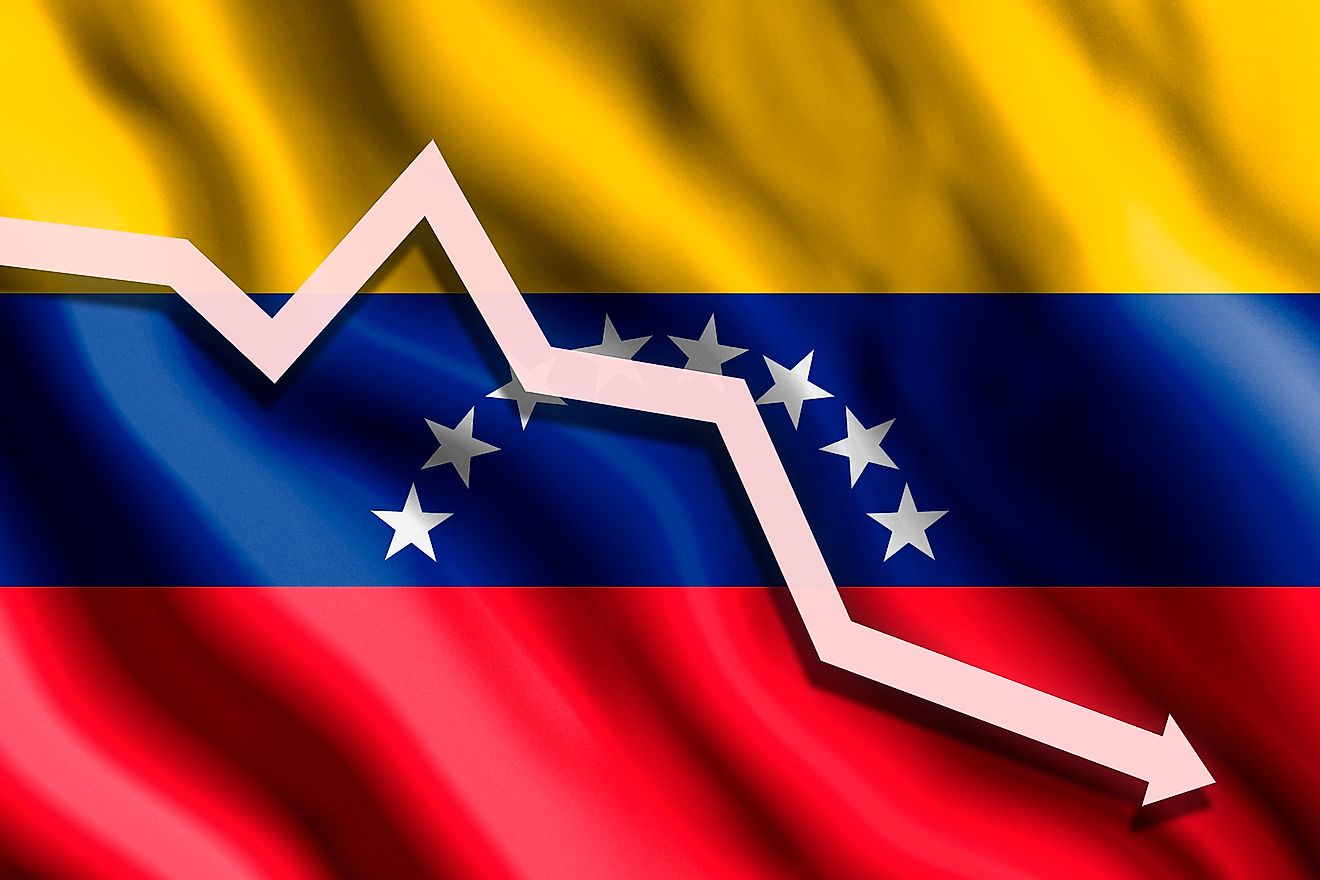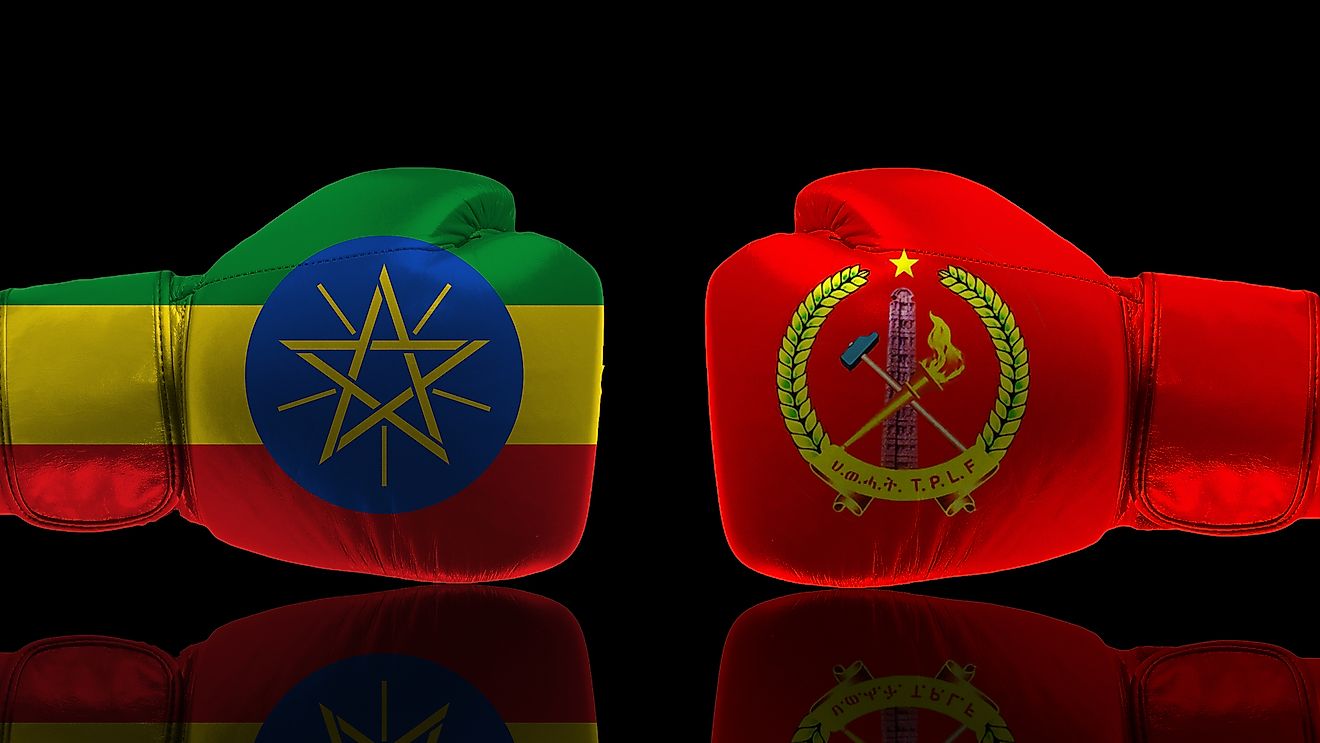What Was De-Stalinization?

De-Stalinization refers to steps taken to reform the politics of the Soviet Union following the death of Joseph Stalin in March 1953. The political changes were made to reverse the damage caused in the Soviet Union by the autocratic leader. The process of De-Stalinization was led by Stalin’s successor, Nikita Khrushchev.
Background
Before 1917, the Soviet Union was ruled by Vladimir Lenin under Tsarist leadership. After many revolutions, the Tsarist reign came to an end. Joseph Stalin took up leadership of the Soviet Union from Lenin following his death on January 21st, 1924. Stalin was an authoritarian leader who inflicted terror on the people of the Soviet Union. He lacked compassion and ordered the execution of his opponents. Millions of people were sent to prison and even more were starved to death due to Stalin’s harsh leadership. Under Stalin’s reign, intelligence agents and police officers gained more power, people in the Soviet Union pledged their allegiance to him, several towns were named after him and monuments were erected in his honor. Stalin became the central subject in poems, literature, music, and paintings. Most people who challenged his rule were executed or deported. Joseph Stalin led his nation to win the Second World War. Stalin’s rule ended when he died of a stroke on March 5th, 1953.
Khrushchev's Speech
After Stalin’s demise, a collective form of leadership emerged to replace him. Shortly after, Nikita Khrushchev took office as the Prime Minister of the Soviet Union. Although Khrushchev was one of Stalin’s loyal officials, he denounced Stalin’s authoritarian rule as soon as he took office. In a famous speech delivered at the 20th Party Congress, Khrushchev criticized his predecessor for poor leadership, arresting innocent people, and placing himself above his citizens. The critical speech shocked many people because no one had dared to criticize Stalin before. The speech marked the start of the de-Stalinization process.
De-Stalinization
Khrushchev started the process by releasing most of the political detainees from Gulag prison. He also improved the living conditions at Gulag for the prisoners who remained. He lessened the powers of the intelligence agents and secret police. He introduced artistic freedom and opened the Soviet Union to foreigners. Khrushchev endeavored to raise the living standards of his citizens. The most obvious part of the de-Stalinization process was renaming cities, facilities, and landmarks bearing Stalin’s name. Additionally, several monuments erected in Stalin’s honor were destroyed.
Reactions And Legacy
Khrushchev’s decision to critique Stalin angered some officials who were part of Stalin’s government. Most of these leaders resigned from their positions in protest. People who had greatly admired Stalin were disappointed by Khrushchev’s actions. The speech by Khrushchev led to upheavals in the union’s countries like Hungary and Poland. Although Khrushchev had his tyrannical moments, he brought some level of freedom to the Soviet Union through the de-Stalinization process. He led in political reforms that ended the dictatorial rule of Joseph Stalin. He significantly improved the living conditions of his citizens and relaxed the rules on censorship. Khrushchev established good relationships with foreign nations such as the US. Despite the positive impact de-Stalinization had on the Soviet Union, some westerners believe the process could have led to a more liberated nation.











